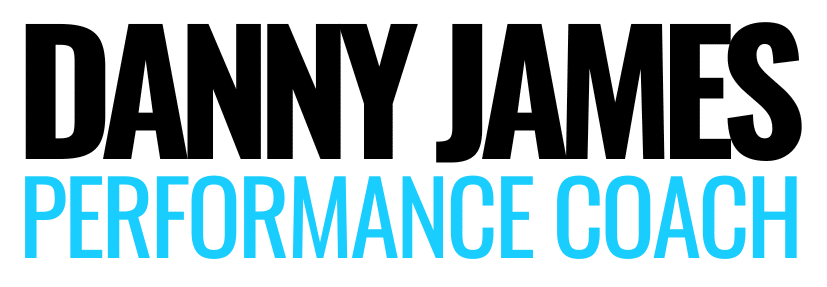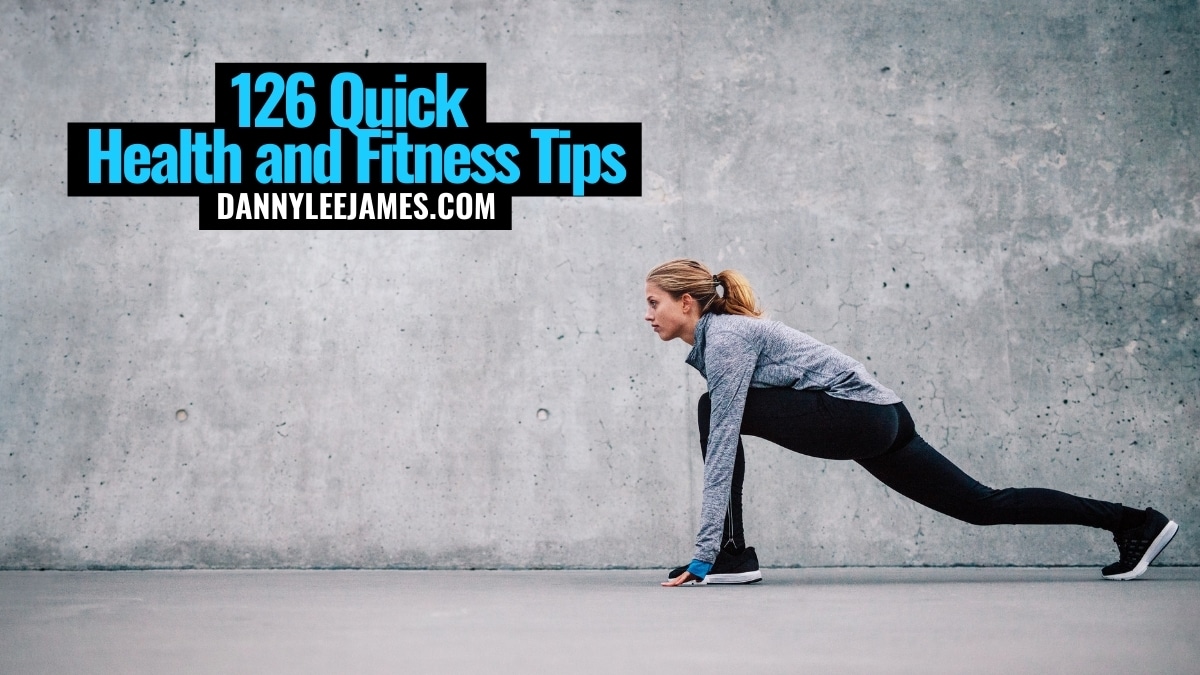The need for core training has reached mythical proportions. Ask a personal trainer and they’ll tell you… The most in-demand objective is the banishment of weak core muscles.
A plank so robust as would be confused for a blinking straight line. Thusly rescued from the purgatory of back pain forever, and veiny abs while we’re at it, please.
In case you couldn’t tell, I’m being dramatic.
Friends, it seems the trickle-down of good info to the general public has met an impasse. We’ve too long overstated the benefits of core workouts (1). Amplified the risk of not bird-dogging.
A generation is now moving like lego for fear of bending having not warmed up with side planks.
So, in this brief two-parter, I’d like to introduce you to some key concepts in core training. Pulled from best current practice to help guide you to a way of training that is a little more hype-free.
Core Terms
The ‘core’ is a blanket term used to reference all the torso muscles from neck to thigh. These muscles link the hips and pelvis, to the shoulder girdle through the spine and torso. It’s fashionably reductionist to divide the trunk muscles into two areas:
- The superficial or outer abdominal muscles, such as rectus abdominis and obliques.
- Deep (local) muscles like the transverse abdominis, multifidus, diaphragm and pelvic floor.
The reality is when it comes to movement, we are one muscle system. It’s all connected and everything works together.
We will focus on the muscle groups measured in the study we’ll explore in part two. The rectus abdominis, external obliques, and erector spinae.
![Core Concepts In Core Training [Part 1] 2 Fit man with chiselled six-pack abs](https://dannyleejames.com/wp-content/uploads/2021/01/Six-pack-abs-1024x576.jpg)
Work
We also have to be clear about what we mean by ‘working them.’ Are we training the core muscles for aesthetics, for strength or endurance? How about core stability, or improved sporting performance?
Each of these goals will have different needs at different times. Whether or not one is ‘working the core’ depends on what one is working towards.
A lot of exercises will activate the abdominal muscles. Whether or not the stimulus will lead to the desired result is another story.
There are three main approaches to training the abdominal muscles:
- Isometrically, in isolation, as in plank and hold variations.
- Dynamically, and integrated with whole-body movements. Such as rollouts, carries, bird-dogs, chops. As well as most compound strength exercises like squats and deadlifts.
In other words, the torso remains stiff like a plank but with added arm and leg motion. Sometimes against resistance, in a variety of positions and planes.
- Dynamically and in isolation. This group refers to the various stomach crunch and sit-up ab exercises. These work the outer abs in isolation and they create flexion forces at the trunk. Usually reserved for more aesthetically-driven goals and not the focus of this series.
Interesting that no valid measure of core stability exists yet anecdote of “you lack core stability” exists.
— Carmen Bott (@carmenbott) January 24, 2024
Stability is a tap of the brake. It’s about control of abhorrent motion….its entwined in strength… it’s dependent on context…
Aesthetics
If the goal is a head-turning set of six-pack abs, then rectus abdominis and obliques are likely going to be the focus. Moderate to high rep sets close to failure 0-2 times per week will do the trick here. You may even want to incorporate a dedicated core training day.
Isolated trunk flexion exercises work best as you’re able to work through a full range of motion.
Anecdotally, I’ve also seen plenty of granite torsos carved from different rollout variations. I’ve also seen thick, welt-shaped abs built from years of heavy lifting, only.
But for that well balanced, thicker wall of muscle, with each ab clearly defined…
It’d be a good idea to include a variety of trunk-flexion exercises as outlined above.
In addition, one of the best ways to achieve those much-revered washboard abs is to get leaner. Most of us will find that once we burn off a tonne of fat and get down to low-double or single digit body fat levels…
There they’ll be.
Yet, we now know that we can’t spot reduce the area. That is, doing endless core exercises alone likely isn’t enough to trim the tummy.
You’d be better off using that time to perform a heavy compound movement if you had to choose.
A heavy squat uses more muscle groups, is much harder and will burn more total energy. And as well talk about in the next instalment, can actually do a decent job of working the core.
For best effect, you might want to consider doing them both.
![Core Concepts In Core Training [Part 1] 3 Foam Rolling FAF Banner 3](https://dannyleejames.com/wp-content/uploads/2020/12/Foam-Rolling-FAF-Banner-3.jpg)
What Does the Core Do?
Aside from respiratory function, it’s said the abdominal muscles have two other primary roles. One is to absorb and redirect force. Which is largely the result of isometric contractions to stabilise or limit motion.
In fitness, these are often called anti-extension/flexion/rotation exercises. An example of this is any plank variation. In a front plank, rectus abdominis is resisting gravity’s pull of the spine into extension.
In a squat, more of the trunks muscles are working to stiffen the torso, limit motion and create stability. This allows an effective transfer of force through the legs and into the ground to move a load.
The other is to create force by initiating trunk movement. Such as with rapid trunk flexion when throwing or kicking. Crunches and leg-raises if we’re going by named exercises.
During dynamic daily activities of walking, running, swimming or reaching, things are more detailed.
You see, in movement, the core is not performing one of those roles. It’s performing them both in a coordinated manner to execute an action.
Bracing and relaxing. Absorbing and creating force. Along a continuum of ranges, positions, intensities and speeds. All depending on the task, like any other muscle.
Ultimately, the trunk is an anchor for upper and lower extremity expressions of force. Core training can sometimes be as simple as training the movement.
Specificity and Transfer
There’s a degree of specificity involved, in that the very thing you train for is what you get good at. Holding planks for time will get you good at…
Well…
You guessed it, holding planks for a miserable amount of time. You develop trunk muscle endurance capacity, but only as it relates to the prone plank.
By itself, it’s likely not going to carry over to upright, dynamic activities.
It does check the box as an early-stage anti-extension exercise. Where the aim is acquiring the skill of trunk stiffness, and later funnelled to moving in vertical (2,3).
Muscle activation of the abdominals is quite low during everyday tasks like walking. Heavy loading or chaotic sporting situations, will involve greater abdominal contractile force. As well as greater synergy with the rest of the body.
Whereas a plank is stationary and often held for time as an endurance test. The nature of endurance is that it is usually duration-based. This calls for a sustained effort of muscular contraction. Few things involve that skill beyond rudimentary ambulation.
Explosive, high force actions need brief moments of high force contractions spaced with relaxation. These flickers of stiffness anchor moments of impulse against the torso.
![Core Concepts In Core Training [Part 1] 4 Core Training Keys](https://dannyleejames.com/wp-content/uploads/2021/01/Core-Training-Keys--1024x576.jpg)
Previous Research in Core Training
While research on core training is abundant, there’s often a lack of practical value.
To date, studies have not been able to show a clear transfer to performance. Though, I’m not sure how that’s at all possible despite suggestions to the contrary.
Nor is it proven that isometric contractions are superior for training the core. Studies have shown greater core activity when performing dynamic movements.
And what about when compared to dynamic multi-joint resistance training exercises?
There’s little research comparing muscle activity of heavy compound lifts with isolated core work. There are also glaring limitations with much of the research that is available. Such as:
- Using untrained participants.
- Unstable surfaces used for core and resistance exercises.
- Use of very low load or bodyweight as a strength training condition.
- Prone plank holds for arbitrary time limits rather than to fatigue.
Next up, we’ll take a look at that study comparing heavy squats to planks. The findings were very interesting.
![Core Concepts In Core Training [Part 1] 5 Metabolism Myths Banner](https://dannyleejames.com/wp-content/uploads/2023/08/Metabolism-Myths-Banner-.jpeg)
References
- The myth of core stability. Lederman, 2010
- Effect of core strength on the measure of power in the extremities. Shinkle, et al. 2012
- The role of core stability in athletic function. Kibler, et al 2006.

![Core Concepts In Core Training [Part 1] 1 Fit man and women showing abs after core training](https://dannyleejames.com/wp-content/uploads/2021/01/Core-Training-Concepts-1.jpg)






[…] Train movements for the most part (the body is a complex, dynamic SYSTEM) […]
[…] if the goal is weight loss or burning fat around the abdomen, would you squat or […]
[…] study went straight for the throat of the spot reduction myth. They showed 6 weeks of almost daily abdominal training wasn’t enough to reduce belly fat. They did improve muscle endurance but there was no change […]
[…] breathing pattern helps to stiffen and relax the core intermittently, maintain stability, and ensure enough oxygen flow throughout the […]